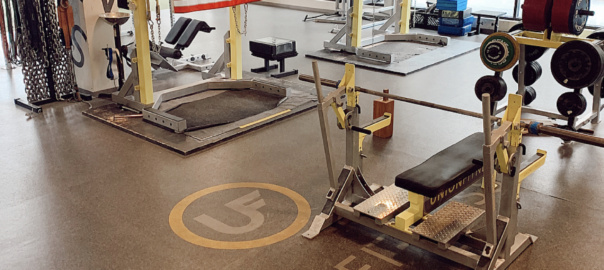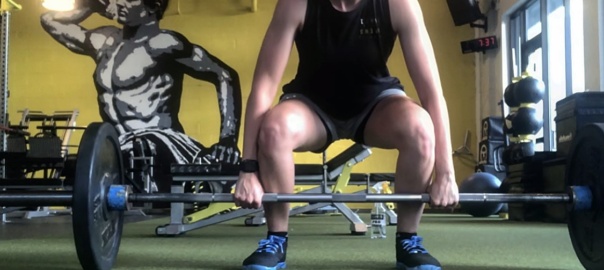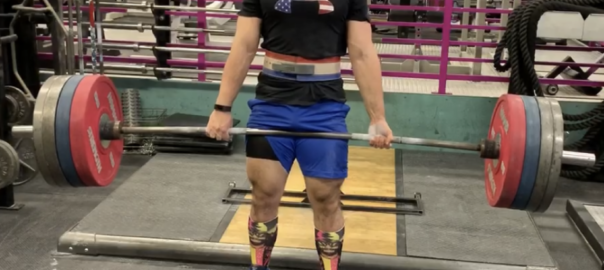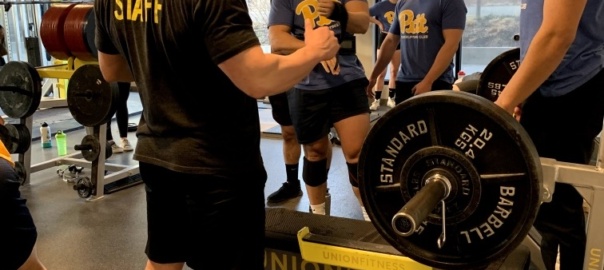“Low energy flux, but not energy surplus, predicted future increases in body fat. Furthermore, high energy flux appeared to prevent fat gain in part because it was associated with a higher resting metabolic rate.”
-Hume et. al 2016
I often share this advice as one of the most actionable items for a fat loss client. Daily movement can be the secret weapon in achieving your fat loss goals. We are designed to move as humans, and we should be moving often. However, today’s society tries to make us move less and make life even more convenient than how it was for our ancestors. What’s worse, when we are in a caloric deficit and trying to lose fat, our brains may try to fight against us and down-regulate movement since we are consuming less calories. We need to be conscious of our movement and make it a daily habit like brushing your teeth and bathing. You do those things, right? Right?
I’ve had this conversation quite frequently over the past months: “I’ve gained weight during COVID-19 despite continuing to train or keeping my diet the same. What should I do?” While there are many factors why this could be, a big culprit in many might be the loss of NEAT.
NEAT is roughly attributed to 15-20% of your total daily energy expenditure. NEAT (non-exercise activity thermogenesis) is the energy expended for everything we do that is not sleeping, eating, or purposeful exercise. It ranges from the energy expended walking to work, typing, performing yard work, household chores, and even fidgeting. If you had a job that required you to be on your feet prior to COVID-19 and now you are exiled to your couch, this can be why those pounds seem to be racking up.
Research by Shook et. al showed that a threshold for achieving energy balance occurred at an activity level corresponding to 7116 steps per day, an amount achievable by most adults. This research also showed that “the theory of the zone of regulation is important because it relates the accumulation of adipose tissue as not only occurring as a result of low amounts of energy expended but also that physical activity plays a regulatory role in the amount of energy consumed via appetite signals.” So what this means if that NEAT is low, you likely won’t be able to regulate your appetite and there’s a greater likelihood of storing fat. I hope this gives you closure knowing that there was always a deeper reason why you were diving headfirst into a pint of Ben and Jerry’s on a Sunday night. Blame it on your lack of NEAT, anyone?
As part of a daily checklist for my fat loss clients, I require them to perform 10,000 steps. Put on a podcast/audio book, call an old friend while walking, or simply enjoy your time to yourself while exploring a new route and become one with nature. If you are a busy professional, consider taking walking meetings or perform 10 -minute walks. A 10 minute walk every 60-90 minutes can do wonders for NEAT and will probably provide better mental focus as well. No matter how you choose to do it, my advice is the same: get up and get moving!
References
Hume, D. J., Yokum, S., & Stice, E. (2016). Low energy intake plus low energy expenditure (low energy flux), not energy surfeit, predicts future body fat gain. The American Journal of Clinical Nutrition, 103(6), 1389-1396. doi:10.3945/ajcn.115.127753
Shook, R. P., Hand, G. A., Drenowatz, C., Hebert, J. R., Paluch, A. E., Blundell, J. E., . . . Blair, S. N. (2015). Low levels of physical activity are associated with dysregulation of energy intake and fat mass gain over 1 year. The American Journal of Clinical Nutrition, 102(6), 1332-1338. doi:10.3945/ajcn.115.115360










